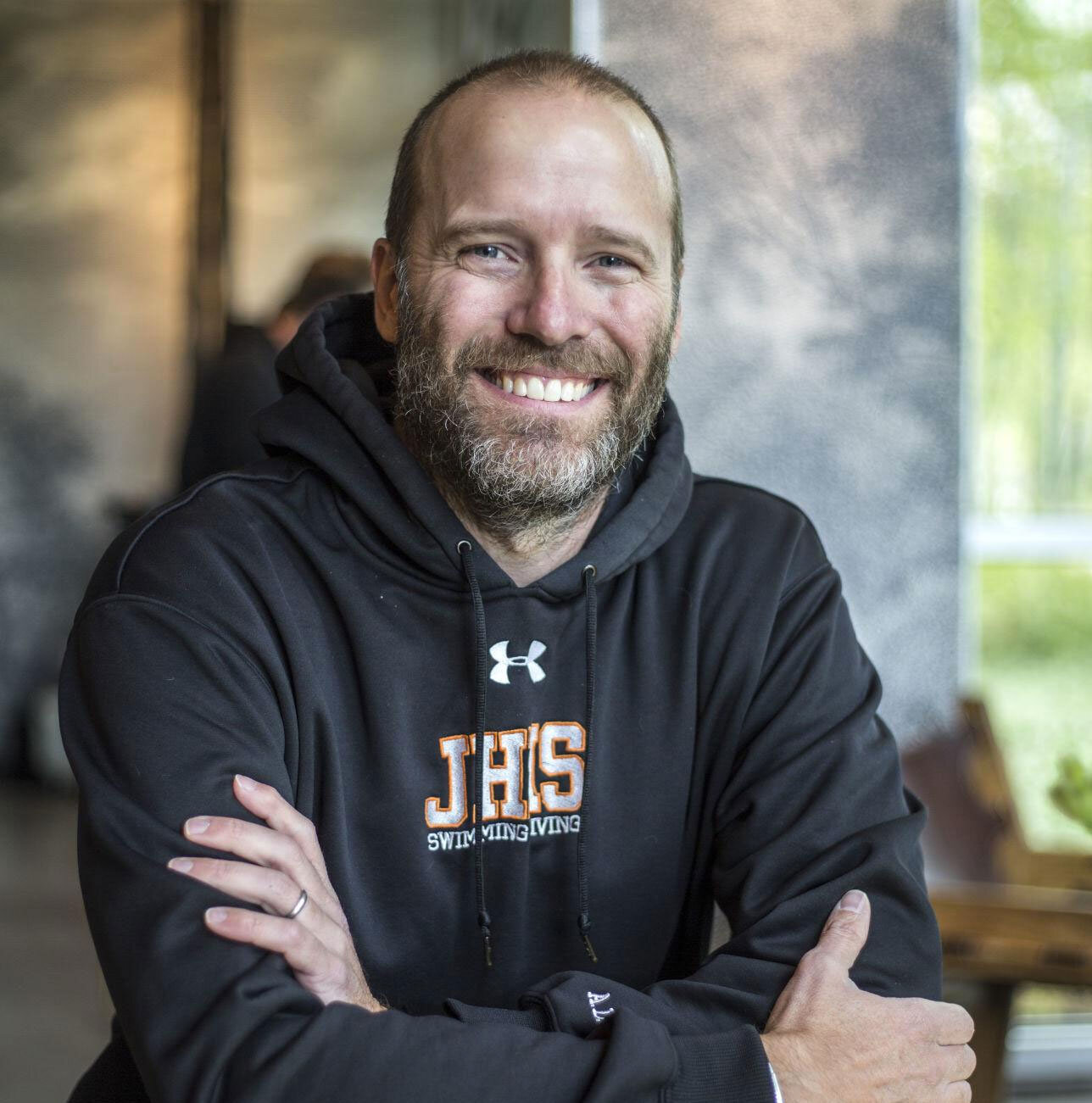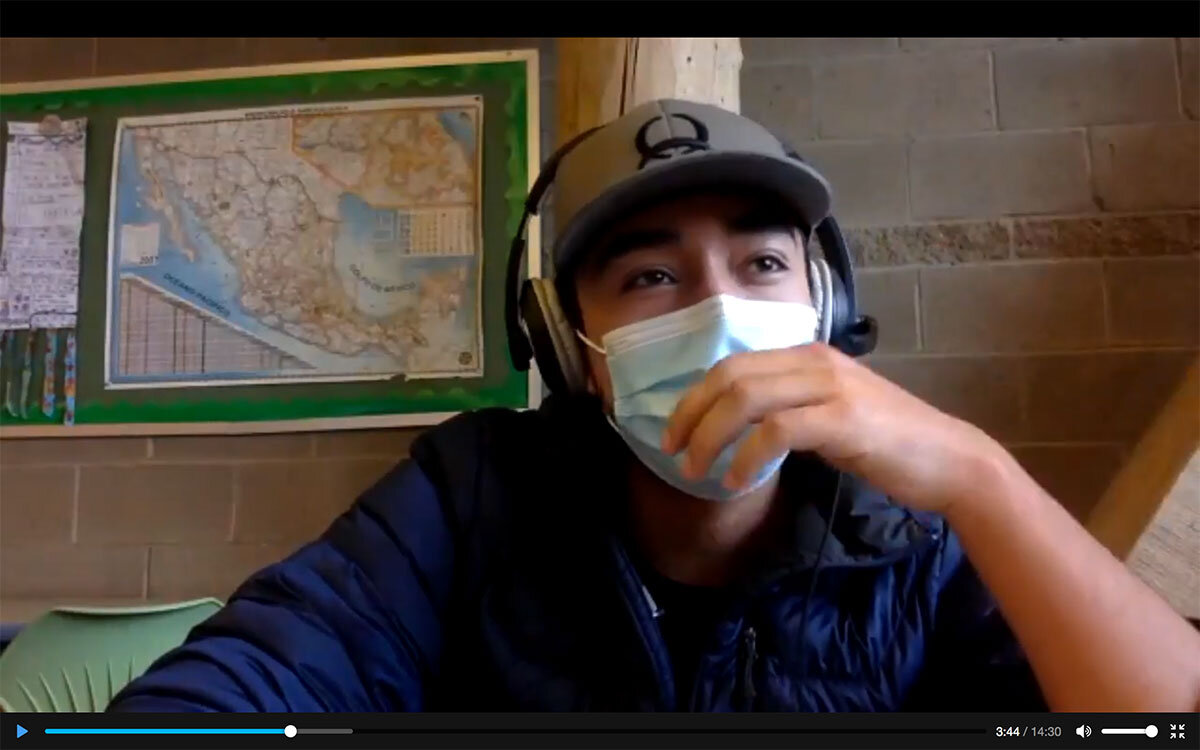
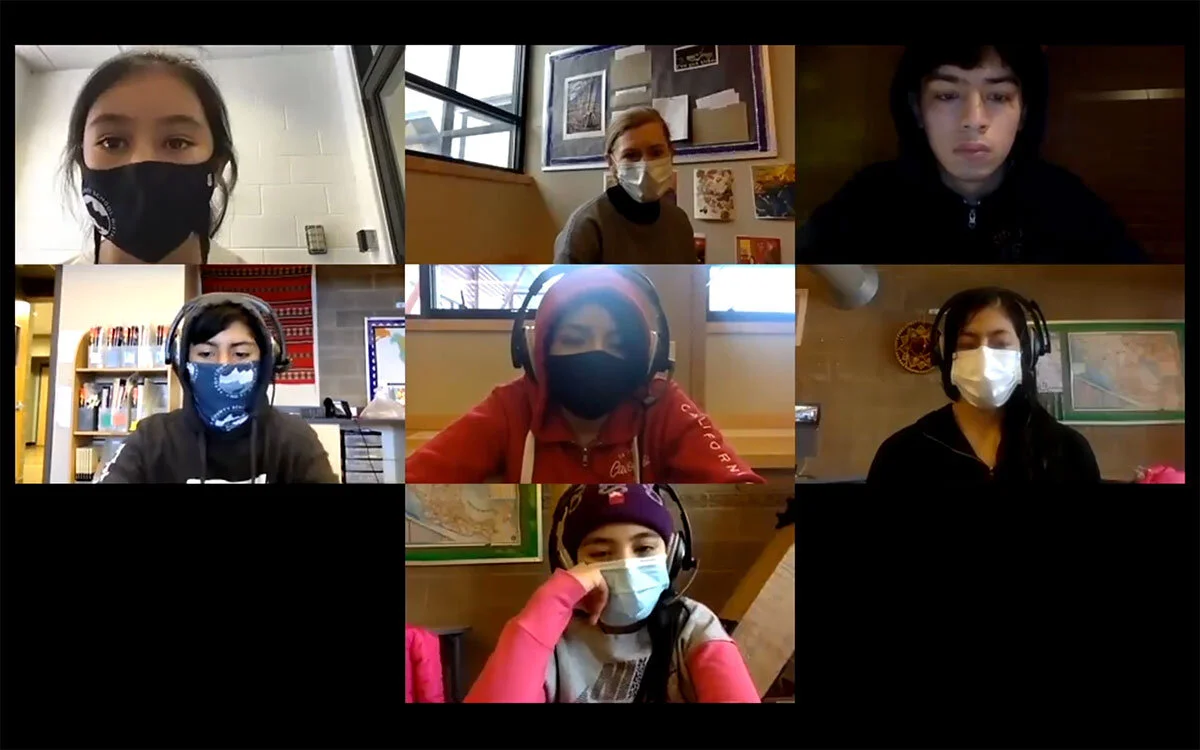
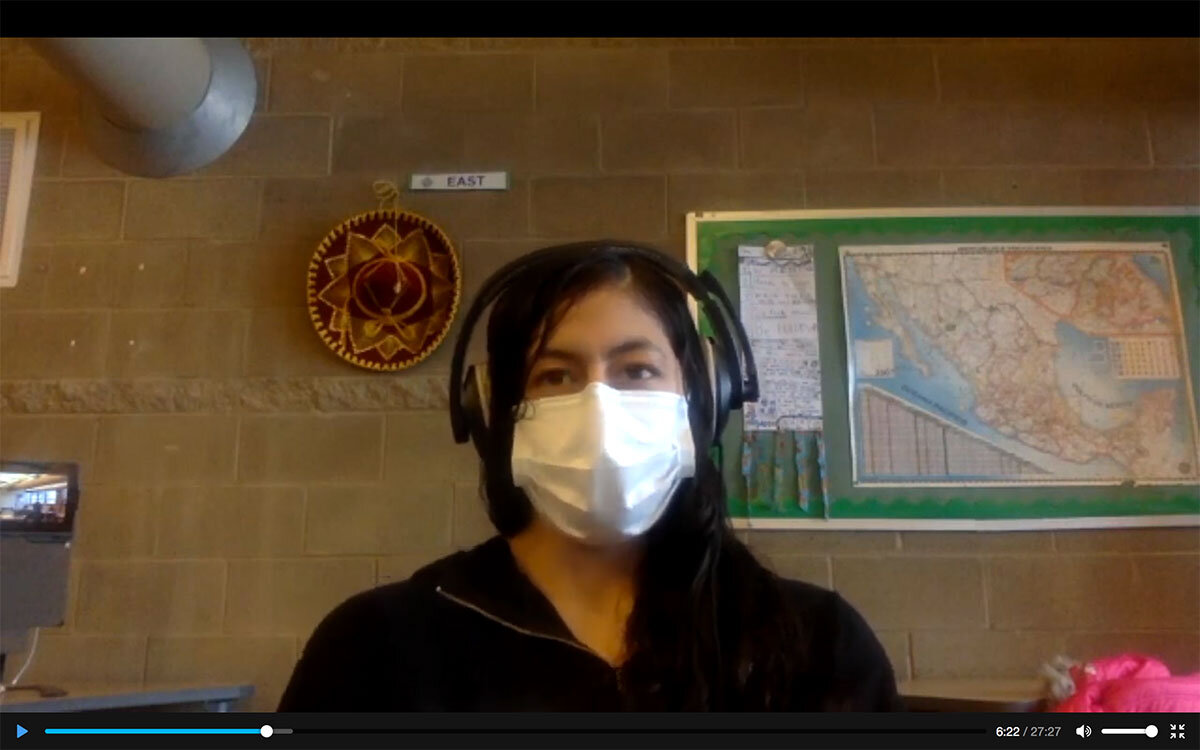
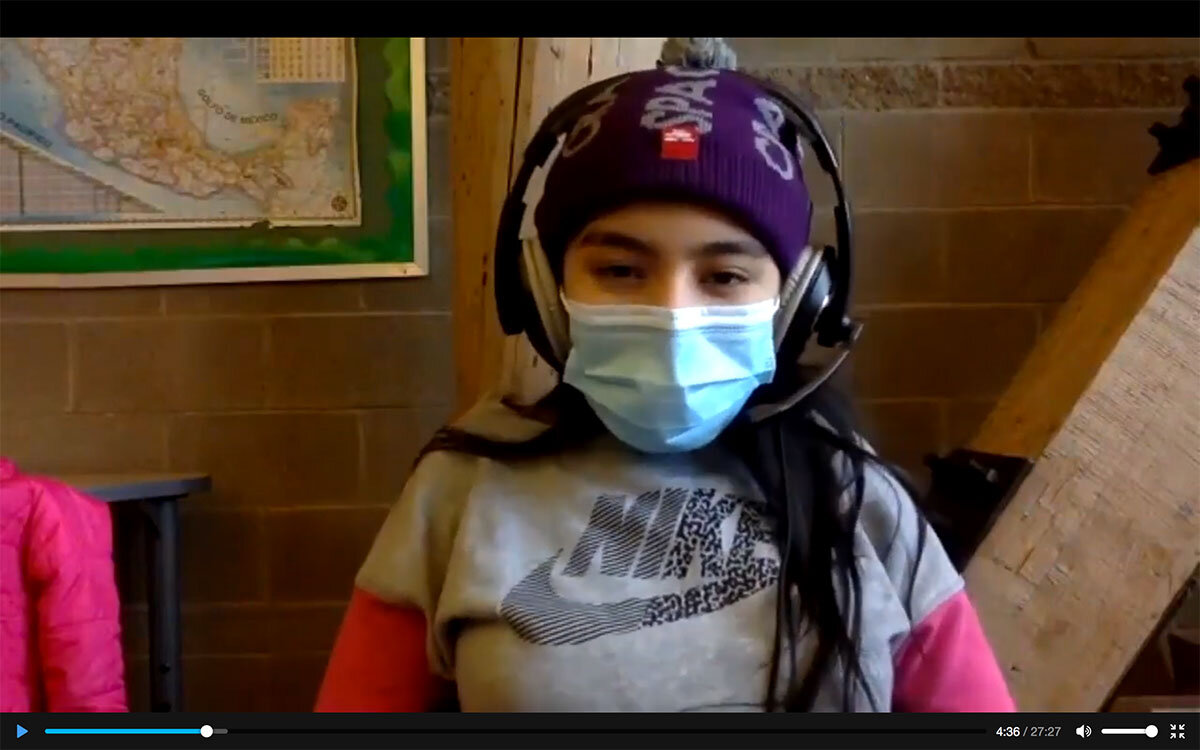
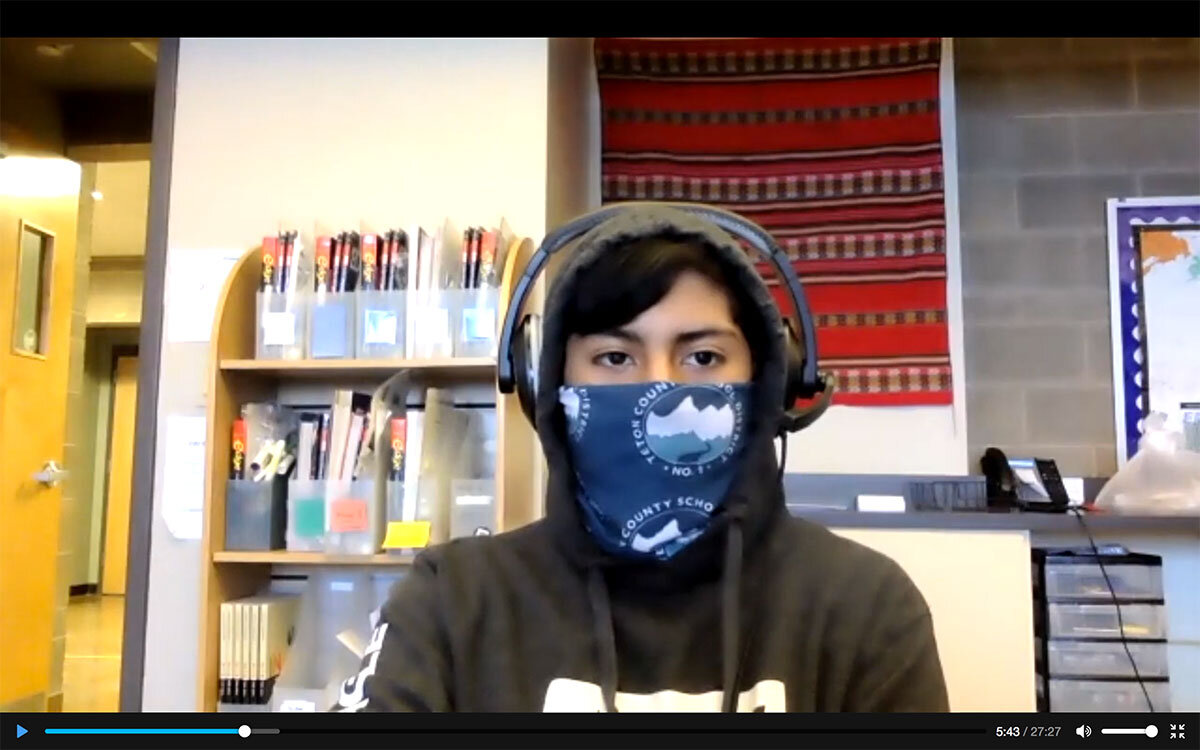
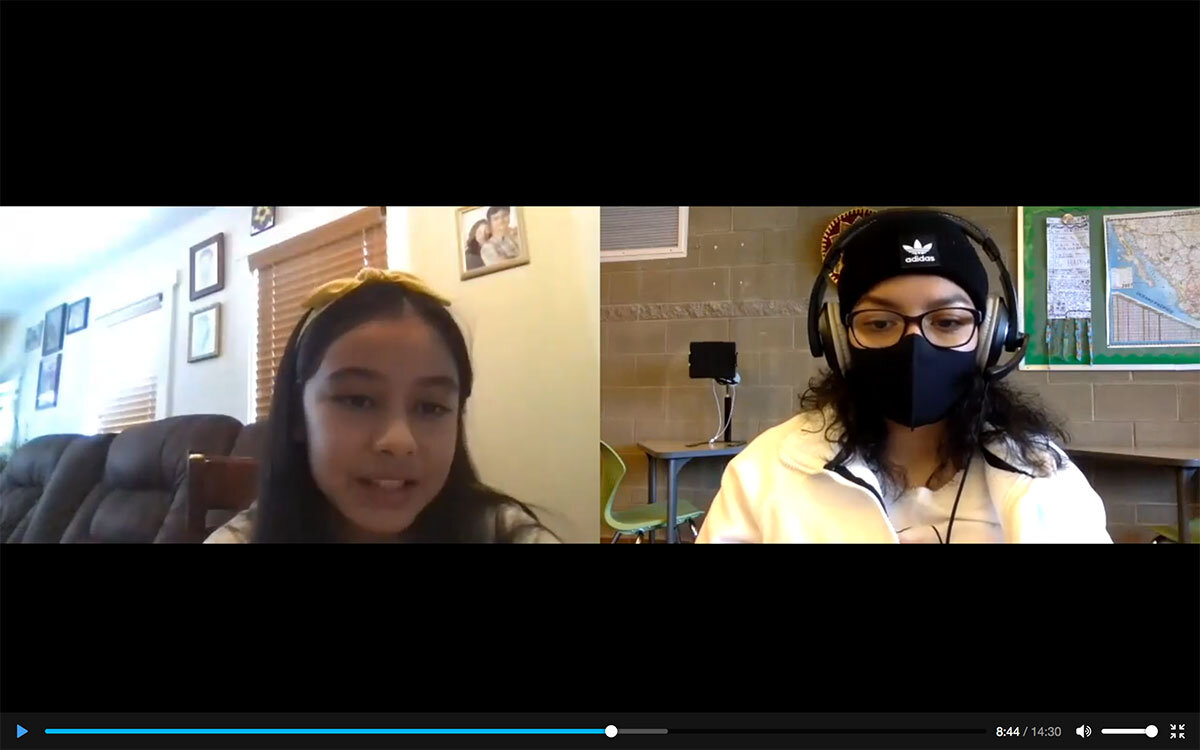
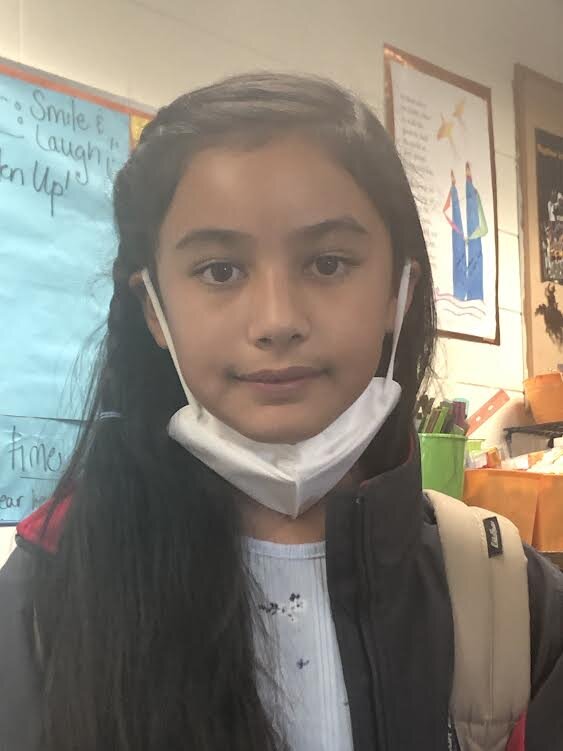
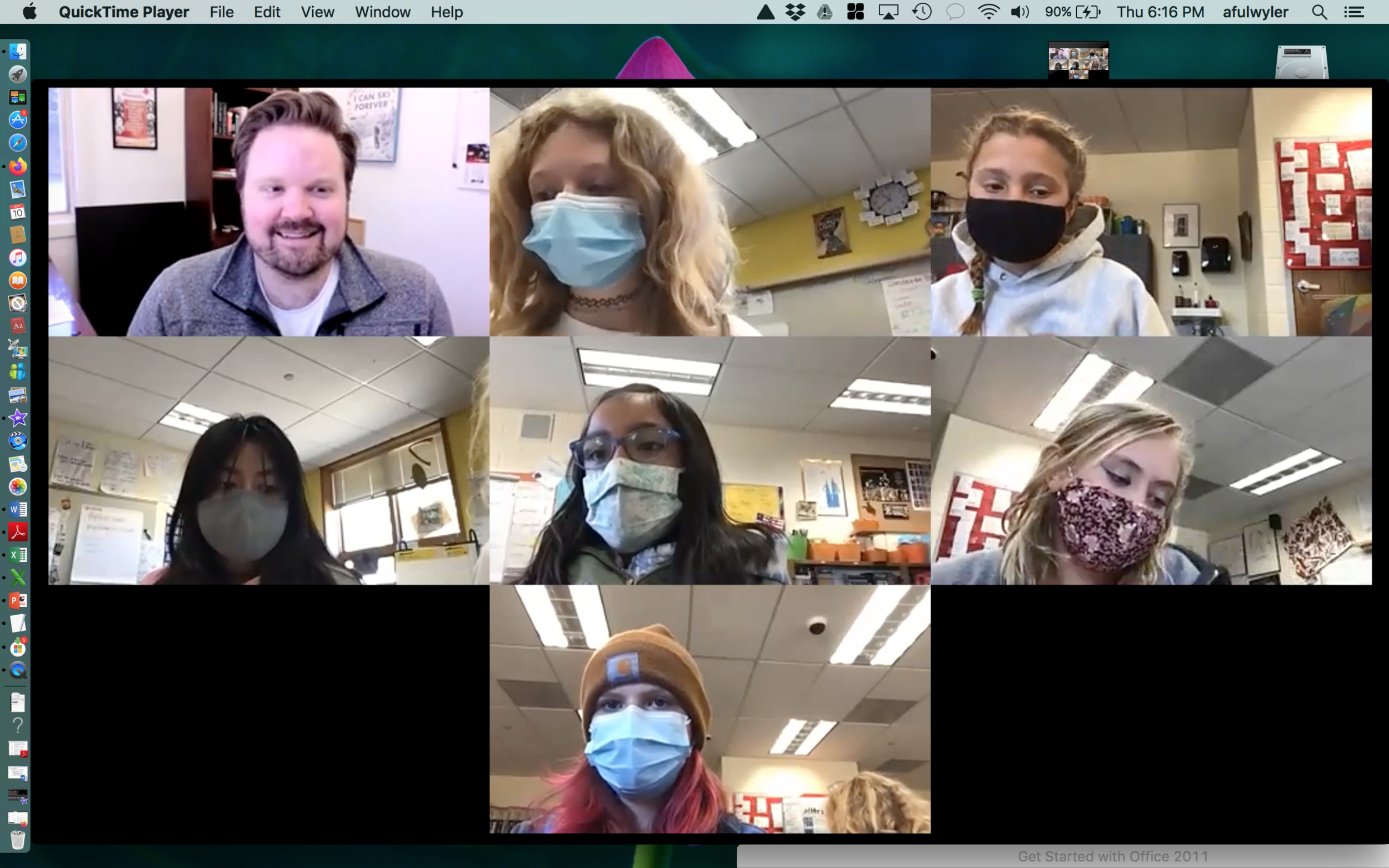
“I am changed by what I heard. I had no idea people experienced things like this. I feel connected and changed and grateful for my life.”
— Sarah
How do you face & overcome adversity?
Our goal is to pause and highlight moments of adversity experienced by community members through interviews as a means to building compassion (for ourselves and others), connection, and resilience (CCR). We believe this can only be accomplished if we are willing to ask hard questions, answer them honestly, and listen to each other!
We will introduce students, teachers, and community members to 3 tools: BaHaHaSo, ADDRESSING, and the Question Grid.
Share with us:
BaHaHaSo
The acronym BaHaHaSo is a tool that helps us to remember strategies to use when experiencing, facing, and overcoming adversity.
B - Body Awareness: How does our body alert us to adversity? How does breathing help us during adverse times?
A - Activities: How do activities provide for positive distractions? What activities help you “take your mind off” adversity?
H - Help: Do you ask for help? Do you provide help? What relationships do you cultivate that support you during adverse times?
A - Action: What actions do you take during adverse times? Small steps lead to solutions! What helps you take action? What stops you?
H - Humor: How do you lighten up? Silly jokes? Funny books or movies? Hysterical friends? How do you add laughter to your life? When does laughter help? When does it hurt? Do you know the difference?
A - Alone Time: Jackson provides a beautiful landscape into which you can escape. Do you spend time alone? How does the quiet of alone time help you? Do you use mindful moments to help you respond instead of react? Do you need one right now?
S - Self-Talk: What are you saying to yourself inside your head? Is it helping or hurting? Are you creating more adversity? Do you use mantras? What mantra(s) help you? What mantra might help?
O - Own It! What is your role? How are you contributing to this adverse situation? Who are you blaming? Are you blaming yourself too much? “Owning it” gives you back control!
ADDRESSING
ADDRESSING is an acronym that builds awareness about our identities. By exploring each part of our identity, we can be more clear about the origins of our adversity and potential sources of strength in facing and overcoming it.
We use ADDRESSING to identify what contributes to the adversity we might experience and to build the connection, compassion, and resilience needed to face or overcome that adversity.
A - Age
D - Diverse Physical Abilities, Sizes, and Shapes
D - Diverse Mental Health or Cognitive Experiences
R - Religion
E - Ethnicity & Race
S - Socio-Economic Class
S - Sexual Orientration
I - Indigenous Cultures
N - Nation of Origin
G - Gender
Reflection Time:
Please add to our Padlet.
“I was shocked that students cared about this at all. I was impressed at their ability to have hard conversations.”
— Jim Jenkins
The Question Grid
Asking questions releases judgment. Questioning increases awareness (of self and others), self-efficacy, and resilience. Questions result in more curiosity and critical thinking. When these skills are in place, we can disrupt the thought distortions that do not support our abilities to face and overcome adversity. The ability and willingness to ask questions is key to devloping compassion, connection, and resilience (CCR).



